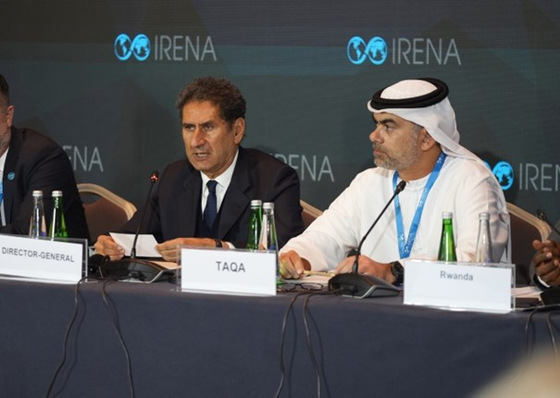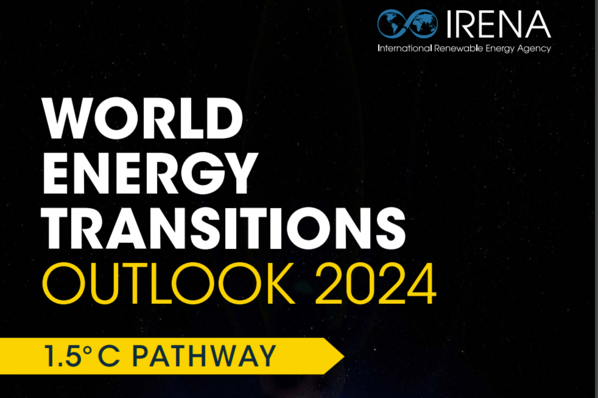Stringent regulations toward emission control coupled with increasing adoption of sustainable energy systems will positively influence the industry growth. Torrid climatic conditions on account of global warming coupled with introduction of green building standards and codes will foster the business landscape. For instance, in 2019, the U.S. Environmental Protection Agency (EPA) introduced Affordable Clean Energy (ACE) Rule toward reduction in the GHG emissions. Furthermore, the ACE Rule has replaced the 2015's Clean Power Plan and aims to direct states to utilize prescribed technologies toward improving heat rate & controlling carbon emissions.
Rapid urbanization as important driver
The U.S. solar district heating market is anticipated to grow over by 6% by 2025. Rising demand for efficient & sustainable heating infrastructure coupled with increasing investments toward establishment of residential & commercial facilities will augment the industry growth. Accelerating government promotional activities and efforts toward sustainable & efficient heating technologies along with stringent carbon emission standards will further encourage the product demand.
Rapid urbanization & industrialization across the emerging economies owning to demographic changes, rising disposable incomes and improved standard of living will drive the Asia Pacific solar district heating market. In addition, increasing investment toward construction and industrial sector along with rising primary energy consumption will boost the product demand. In 2018, as per United Nation statistics the 55% of the global population comprised of urban populace and is anticipated to increase to 68% by 2050.
Advancing technological improvement
Advancing technological improvement pertaining to product design & development, reducing thermal losses & improving energy efficiencies along with usage of sustainable systems as heating source will augment the industry landscape. Increasing adoption of solar thermal energy across various district & communities has provided favourable expansion prospects for the industry players.
Rising investment toward commercial & residential sector coupled with increasing penetration of DH systems in Tier II & III cities will drive the demand for small-scale systems. The capacity for these units' range between 3 - 10 kWth. Additionally, these systems provide renewable thermal facility to single family & multifamily houses, small & medium industries and commercial buildings.
District and block heating systems
Rapid industrial development coupled with growing investments across commercial establishment will enhance large-scale SDH growth. The units are usually developed in district & block heating systems including hotels, sports & data centres and industries. Furthermore, rapid changes in regional surface temperature coupled with favourable regulations and favourable norms toward sustainable DH technologies will drive the product penetration.
Did you miss this?
A fuel cell cogeneration unit for the home.
Residential solar district heating market is projected to surpass USD 3 billion by 2025. Stringent regulatory norms and mandates toward emission reduction along with rising investments toward construction of single-family houses and apartments will complement the industry outlook. In addition, upsurge in penetration of small-scale SDH systems coupled with rapid urban area development across the emerging economies will complement the business landscape.
Several key industry players
Key industry players catering across the solar district heating market comprises of Savosolar. Goteberg Energi, Fortum, Keppel DHCS, Kelag, Logstor, Korea District Heating, Ramboll, RWE, Shinryo, Orsted, Vattenfall, Cetetherm, Statkraft, STEAG and Arcon-Sunmark.
If you would like to find out more about the topic and read the Global Market Insights report, you can do so here. (HCN)







